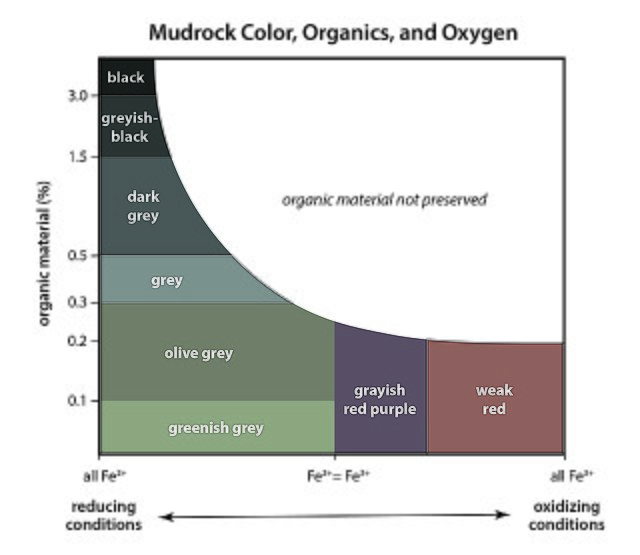The Marcellus Formation or the Marcellus Shale is a Middle Devonian age unit of sedimentary rock found in eastern North America. Named for a distinctive outcrop near the village of Marcellus, New York, in the United States,
it extends throughout much of the Appalachian Basin.
Marcellus shale exposure above Marcellus, N.Y. The vertical joints create sheer cliff faces.
Fragments below exposure of fissile Marcellus black shale at Marcellus, N.Y.
Delaware River above Walpack Bend, where it leaves the buried valley eroded from Marcellus Shale bedrock
Marcellus exposure along Interstate 80 in eastern Pennsylvania where the formation is thickest.
Shale is a fine-grained, clastic sedimentary rock formed from mud that is a mix of flakes of clay minerals (hydrous aluminium phyllosilicates, e.g. kaolin, Al2Si2O5(OH)4) and tiny fragments (silt-sized particles) of other minerals, especially quartz and calcite. Shale is characterized by its tendency to split into thin layers (laminae) less than one centimeter in thickness. This property is called fissility. Shale is the most common sedimentary rock.
Shale
Sample of drill cuttings of shale while drilling an oil well in Louisiana, United States. Sand grain = 2 mm in diameter
Color chart for shale based on oxidation state and organic carbon content
Shale in Potokgraben, the Karawanks, Austria








